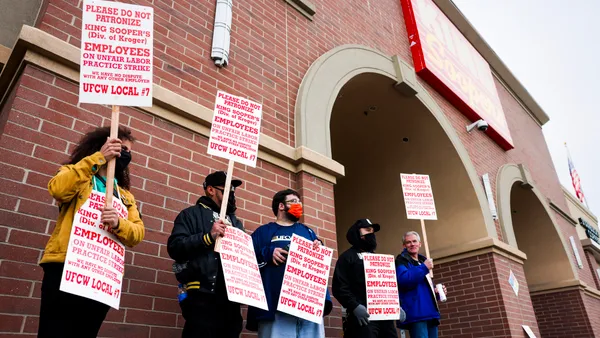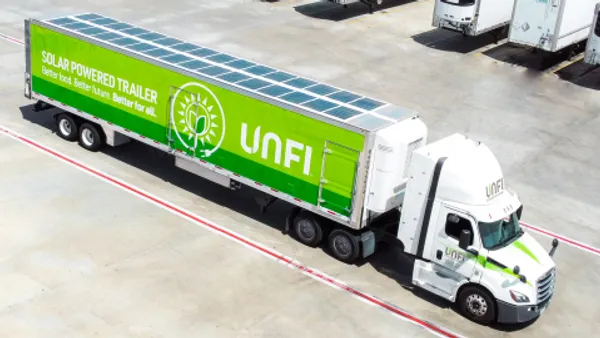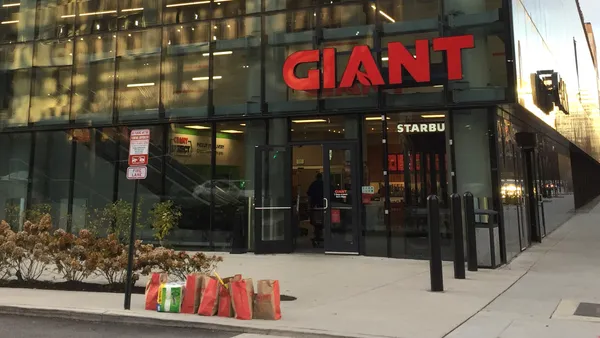Dive Brief:
- The new year brought minimum wage increases to 19 states and 21 cities and counties, with some reaching $15 an hour, according to an analysis by the National Employment Law Project, an organization that pushes for higher wages. Twenty-one additional jurisdictions will raise pay later in the year.
- Arizona, California, Colorado, Maine, Massachusetts, Missouri, New York, and Washington are phasing in minimum wage increases that will eventually reach $12 to $15 an hour. Thirteen cities and counties established $15 an hour or more as their minimum wage this new year.
- According to the NELP, by the time all the wage increases are fully phased in, 17 million American workers will have received wage increases.
Dive Insight:
It’s been almost ten years since the federal minimum wage rose to $7.25 per hour. That hasn’t stopped some states, cities and counties from raising it in their jurisdictions while others, like Florida and Missouri, have passed laws to block such increases.
Meanwhile, retail workers have already seen some big wage gains. Their hourly rate rose 4.3% in November 2018 from November 2017. That’s a faster increase than in other industries, like manufacturing, which saw wages rise just 1.8%. The grocery industry as a whole is trending ahead of the curve when it comes to increasing worker wages. Last year Walmart increased its starting pay rate to $11 per hour. Target’s minimum is $12 per hour with plans to increase that to $15 per hour by 2020. Amazon plans to increase its minimum wage to $15 per hour for their more than 250,000 employees, including those at Whole Foods.
With unemployment rates hovering around 4%, grocers and other retailers are hiring and seeking ways to retain good employees. Boosting wages has been one action towards this goal, and increasingly retailers are providing benefits beyond the paycheck. Walmart has experimented with a new dress code and expanded its family leave policy, while Kroger now offers tuition assistance to its employees. Retailers are listening closely to employee priorities like the desire for family leave, schedule flexibility, personal development opportunities and other bonuses.
At the same time, stores are reluctant to pass that labor cost on to customers, and many now are looking for ways to boost efficiency by investing in technology and redesigning stores. Many stores are turning to automation for everything from janitorial to warehouse tasks. Others are arming employees with handheld devices that speed up check out and inventory restocking. Target has redesigned the backrooms of most of its 1,800 stores to accelerate online shipments.
In the short term, higher wages may make it easier to attract qualified workers. The challenge to grocery stores will be finding ways to keep their workforce engaged while not passing on additional costs to consumers.












